Re: Definition of Waters of United States- Recodification of Pre-Existing Rules
To Whom It May Concern,
Buffalo Niagara Waterkeeper (“BNW”) submits the following comments on the United States Environmental Protection Agency (“EPA”) and Department of Defense, Department of the Army, Corps of Engineers (“Corps”) (jointly the Agencies) Supplemental Notice of Proposed Rulemaking entitled, “Definition of the Waters of the United States- Recodification of Pre-Existing Rules,” 83 Federal Register 32227 (July 12, 2018) (hereinafter referred to as “Supplemental Notice”).
BNW writes this comment letter to oppose the substance of the 2015 Proposed Rule and the 2018 Supplemental Notice as well as the deficient public process of the latter. BNW is a community-based organization committed to the restoration and preservation of waterways in Western New York State. In addition, BNW is a member of the Waterkeeper Alliance, a group of more than 300 Waterkeeper organizations and affiliates.
Substantively, these proposed changes create a potential for direct harm to essential waterways in the Niagara River/Lake Erie Watershed within the Western New York Region. The small waterways that risk being removed from Clean Water Act (“CWA”) jurisdiction under the proposed Rule are vital to the health of the Great Lakes system. Removing CWA protections for headwaters and those waterways further removed from a traditional navigable water creates an opportunity for increased pollution to be discharged into these waterways. This pollution will flow downstream into the Great Lakes, which provide drinking water for 40 million Americans. This lax environmental approach could open the door for another public health problem in the Great Lakes.
Procedurally, the Supplemental Notice lacks a reasoned basis for the repeal of the 2015 rule and although the Agencies’ claim that the Supplemental Notice is intended to clarify, supplement and “provide interested parties an opportunity to comment on certain important considerations and reasons” for the Proposed Rule, it does not. The Notice does not provide what is legally required to address the Proposed Rule’s deficiencies and comply with the federal CWA, Administrative Procedures Act (“APA”), and National Environmental Policy Act (“NEPA”).1
The APA specifically requires a “reasoned explanation” for withdrawing the 2015 Clean Water Rule. None of the documents provided by the Agencies’ provide a clear reasoning. The inclusion of blanket statements asking for comment, “on any other issues that may be relevant to the agencies’ consideration of whether to repeal the 2015 rule”2 does not cure this deficiency. In addition, under the CWA, the agencies must show that their action is a “permissible construction” under the terms of the Act. This is an affirmative duty of the Agencies’ and yet, the Rule and Supplemental Notice lack sufficient information to meet this bar, as well.
The Agencies’ actions are arbitrary and capricious as they have failed to state their reasoning for repealing the Clean Water Rule and have undergone a flawed public process, which has not allowed for meaningful public review and comment. If the agencies could show a reasoned explanation for their action, then public comment must be taken and answered before the Agencies’ surmise to reinterpret or change an existing law. The inverse, as has been undertaken here, is wholly inappropriate. The Agencies should not move forward with this rule until the above deficiencies are properly cured. Further, BNW offers this letter to support the following arguments contained in the Waterkeeper Alliance et al. comments to Supplemental Notice EPA–HQ–OW–2017–0203 submitted on August 13, 2018 (“WKA Letter”):
- (1) The Agencies’ Legal Analysis of the CWA, Regulations and Case Law is Erroneous and does Not Provide Adequate Justification to Repeal or Replace the Clean Water Rule
- (2) The Supplemental Notice is Misleading, Vague and Lacks Adequate Information to Evaluate and Provide Meaningful Comments on the Definition the Agency is Actually Adopting The relevant provision of that WKA letter have been excerpted and attached to these comments as “Attachment 1.”
BNW requests the withdrawal of this proposed Rule.
Sincerely,
Margaux J. Valenti, Esq. Legal & Programs Advisor
1 National Environmental Policy Act, 42 U.S.C. § 4321 et seq. 2 Supplemental Notice, 83 Fed. Reg. at 32249

